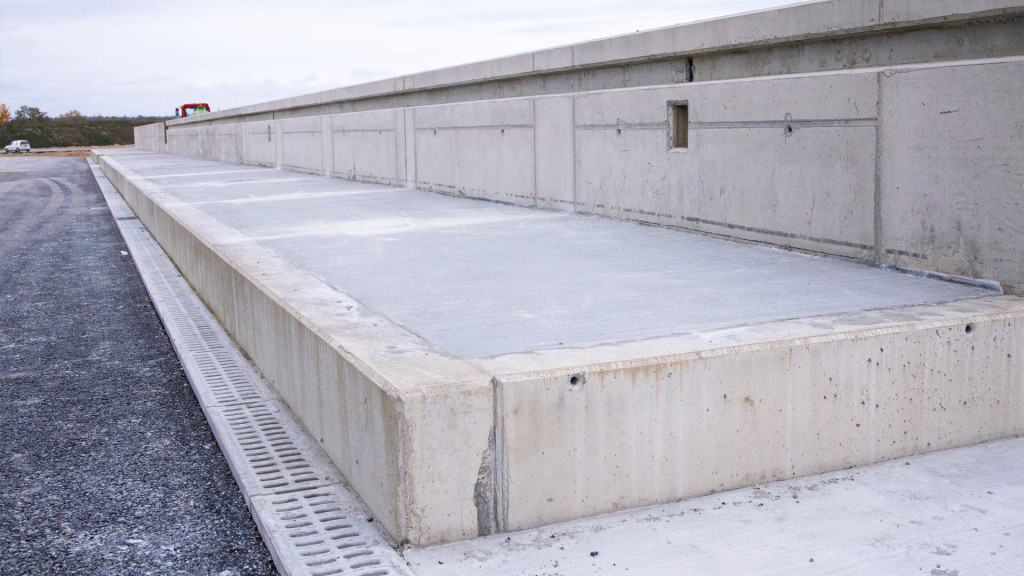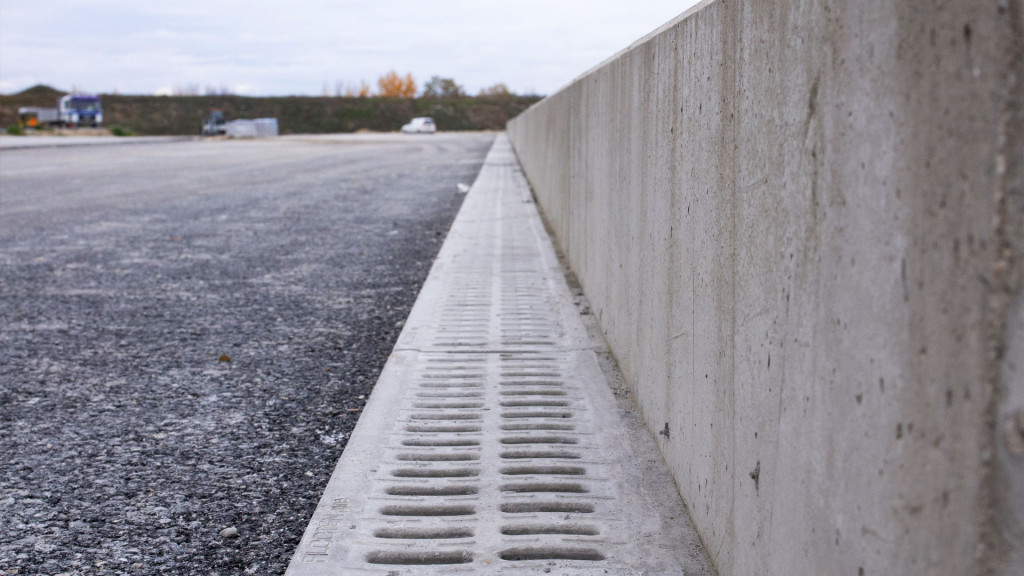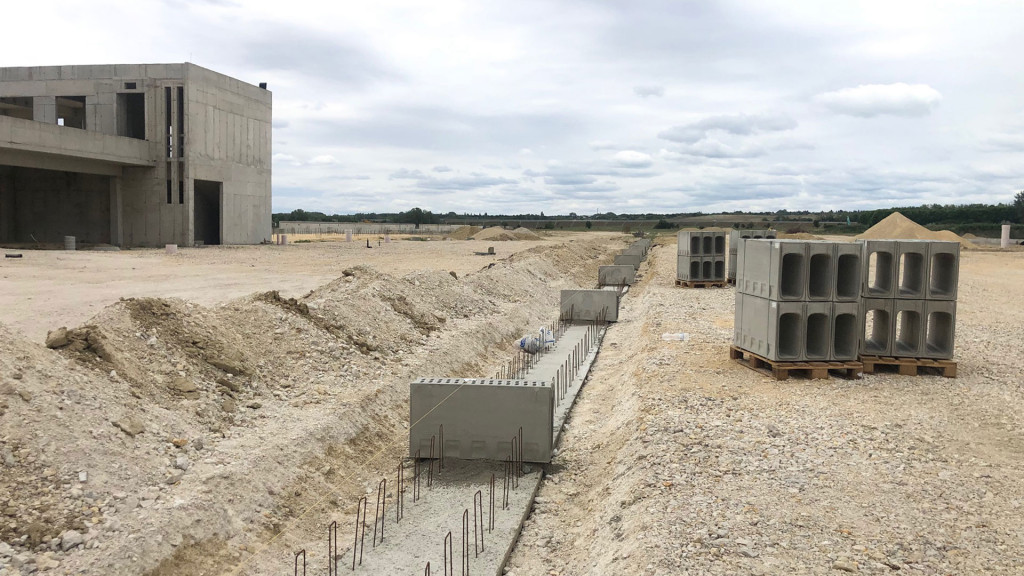Architect Ferenc Gulácsi built the Hungaroring in the 1980s and was thus one of the pioneers of Formula One behind the Iron Curtain. His latest project is a motorcycle race track known as the Balaton Park Circuit.
BALATON PARK CIRCUIT
Safe drainage with Tempo 200
BALATON PARK CIRCUIT
Safe drainage with Tempo 200
<p><strong>An architect with racing experience</strong></p>
Planning a race circuit is an intricate challenge. Designing the track layout is just one of many tasks,
<p>... says Ferenc Gulácsi, Hungarian architect and expert in this field. In 1986, he designed the Hungaroring and thus provided the basis for Formula One races to take place behind the Iron Curtain. Further projects would follow, including the Marosring in Romainia, and the Euro-Ring, also sited in Hungary. He is currently working on a motorcycle race track at the Balaton, the Balaton Park Circuit. When asked about his work in the 1980s, Gulácsi merely responded:</p>
The social and economic conditions were very different . It's hard to compare these two stages of life.
<p><strong>The image is what counts</strong></p><p>But safety and also the demands placed on the track are just as important. With every project, creating the best-possible image is what counts, as this is what brings prestigious competitions to the facility. During the planning phase, the aim must always be to achieve the highest-possible rating and thus maximum licencing grades based on the criteria defined by the FIA and FIM. And that's what has been achieved here. The client was able to bring in certain requests in terms of the the look of the elements situated along the race track as well as the materials used, but no compromises were made when it came to functionality or safety. Gulácsi adds:</p>
Needless to say, a race track also needs to follow building regulations. These prescribe that it blends in with its surrounding areas. Aside from the building height and siting requirements, stipulations concerning greenery and environmental protection must also be observed.
<p><strong>BG-FILCOTEN® one drainage</strong></p><p>When it came to choosing the drainage system used for the large paddock (this is the area where teams set up their operations along the racetrack and is also known as the driver camp), the option chosen was BG-<a href="/en-at/drainage-channels/bg-filcoten/one">FILCOTEN</a>® one from the <a href="/en-at/drainage-channels/bg-filcoten">FILCOTEN</a>® HPC range. The one-piece drainage system is the ultimate in robustness with a load class of F900. Inlet slots in the unique S-Line design ensure exceptional drainage performance. The engineering of these channels make them the ideal choice for this area.</p>
A monolithic channel around the circuit is the safety possibility imaginable, because the channel body is made up of just one piece. Grating would be another component that would always need to be checked when combined with a channel.
<p>What's more, the BG-FILCOTEN® one not only works well with the track and kerbstones, it also fits in ideally with the overall design. Gulácsi only first discovered the monolithic channel and the FILCOTEN® HPC material while working on this project, but now holds this material in very high regard:</p>
The lighter weight was a huge advantage in terms of the delivery costs, shipping and also installation.
<p><strong>Valuable installation assistance</strong></p><p>The channel elements had to be installed in various areas, each with varying load classes. BG-Graspointner's employees created individual installation plans for every installation requirement.</p>
Project profile
Project name
Balaton Park Circuit motor racing circuit
Location
Balatonfőkajár, Hungary
Installed channel types
BG-FILCOTEN® one NM 150 No. 0, H=1000mm, RSZ 23/52mm
BG-FILCOTEN® one NM 200 No. 0, H=1000mm, RSZ 23/70mm
BG-FILCOTEN® one NM 200 No. -0, H=1000mm, RSZ 23/70mm
Total length in metres
1615 m
BG-Project team:
Architect/planner
Gulácsi Ferenc
Building contractor
Kazamata-Bau Kft. / Zoltán Csanádi










